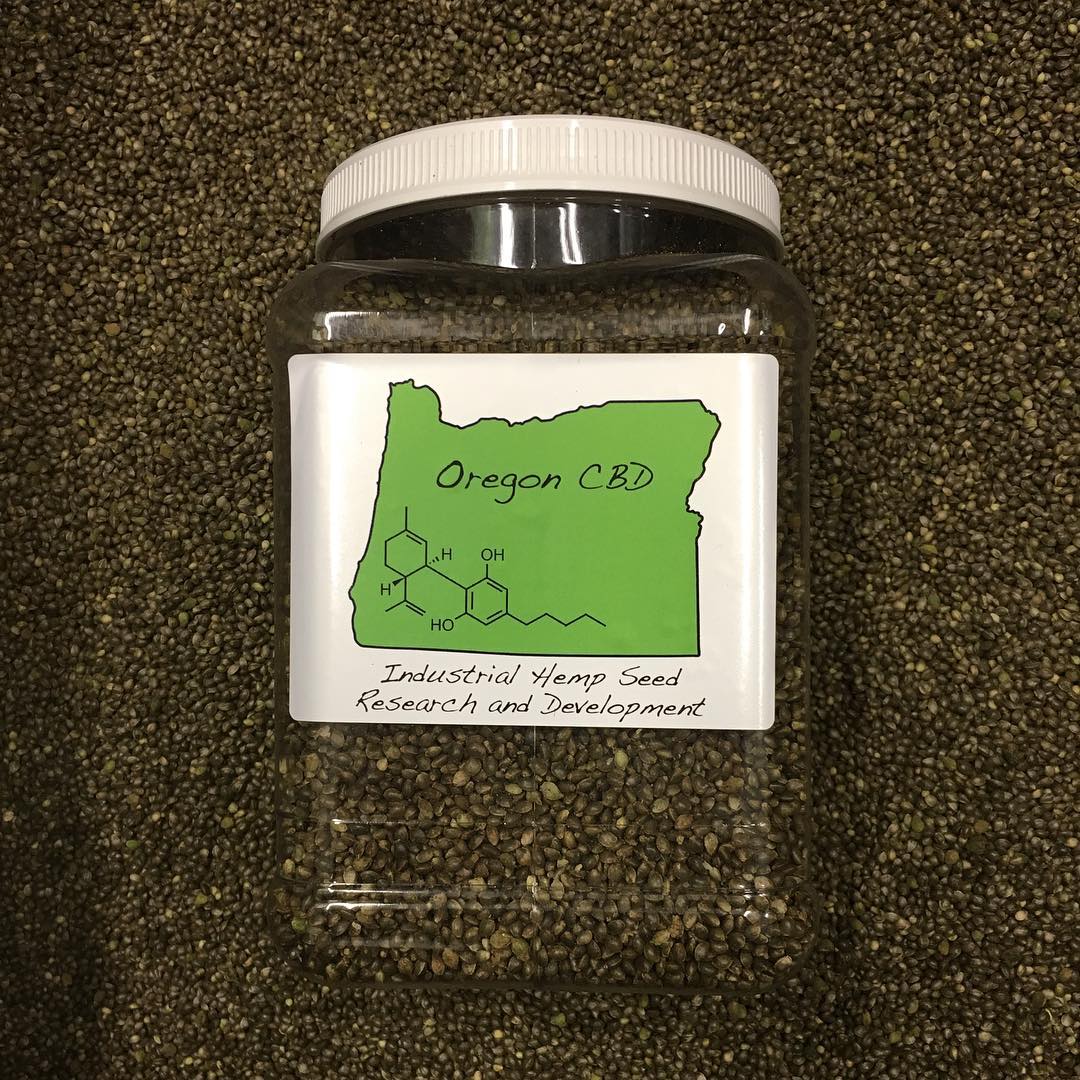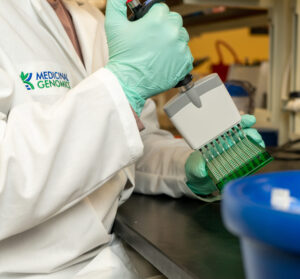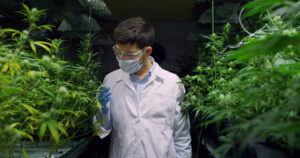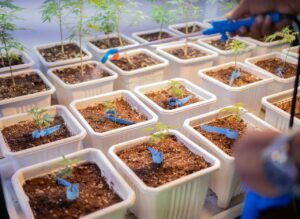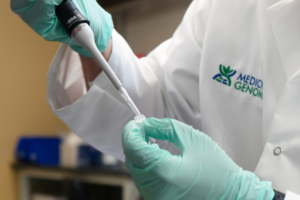In a recent episode of the Shaping Fire podcast, host Shango Los sat down with Seth Crawford, Ph.D. to discuss his blooming seed business, Oregon CBD. The published sociologist-turned cannabis breeder entered the industrial hemp market in 2015, partnering with his brother Eric. Their goal was to disrupt the hemp extract market by breeding CBD-rich plants derived from medicinal cannabis plants that would replace the low-cannabinoid, low-terpene producing fibrous hemp plants that were being used to make extracts. Through intelligent breeding and use of innovative tools, such as the Medicinal Genomics youPCR® Plant Screening Platform, Crawford and OregonCBD have been able to do just that.
In the opening of the interview, Crawford highlights the relative lack of scientific support for CBD isolate and the abundant evidence that points to the efficacy of the entourage effect, or the synergistic activity found when CBD is administered in the presence of other cannabinoids and terpenes. The diverse chemoprofile creates a unique pharmacology that proves far more clinically effective than isolated compounds. In an effort to create a CBD-rich cultivar with a robust terpene profile, the Crawford brothers took a novel approach to seed production. Rather than attempting to breed the CBDAS allele into hemp plants, as was the industry standard, they instead bred out the THCAS allele from medicinal cannabis lines. They did this by inbreeding multiple Type II plants (1:1 CBD:THC ratio). This inbreeding produced multiple genotypes:
- 25% Type I progeny (THC dominant)
- 50% Type II progeny
- 25% Type III progeny (CBD dominant with <0.3% THC)
Using the youPCR® Plant Screening Platform, Crawford was able to identify plant genotypes of seedlings that were only days old. This enabled the OregonCBD team to get early feedback on their efforts and accelerate their breeding project.
In addition to these rich chemotype plants, Oregon CBD made significant advances in the plants’ growth activity. The breeders have introduced high CBD, high-terpene autoflower and early flower lines. These innovations allow farmers to maximize the efficiency of their production space and grow time. Autoflower plants require no shift in the light cycle to begin producing flowers, but instead begin the flower cycle once a critical size is achieved, and the early flower lines are “photoperiod sensitive”, allowing hyper-tailored harvest times. Once again, the introduction of these genetics revolutionized the growing space, allowing growers to further specialize their harvests.
Dr. Crawford goes on to discuss various stories and quirks he has encountered throughout his breeding journey. One interesting aspect he has observed is female plants adopting a male phenotype. He explained that, by employing Medicinal Genomics’ youPCR Gender Detection test, he confirmed the lack of a Y chromosome, and as such the plant is female; however, it exhibits male characteristics and produces pollen. Observed in approximately 1 in 4000 plants, the scientific dynamics of the phenomenon remain unclear.
Lastly, Dr. Crawford discussed OregonCBD’s newest cultivar group, CBG-rich plants (Type IV). CBG has been shown in preliminary research to have potent analgesic effects, without the psychoactivity of THC. The development of Type IV cultivars will allow for a far more specialized cannabinoid market, opening the door to immense breeding potentials to create highly varied chemoprofiles. Listen to the full podcast at ShapingFire.com
Breeders who want to breed their own CBG-rich plants can identify them in the seedling stage by running youPCR Plant Screening tests that look for THCA and CBDA alleles. If neither is present, it’s a Type IV plant. For more information, check out our Screening Cannabis Plants for Pathogens and Genetic Traits webinar, where our Chief Science Officer Kevin McKernan explains how the technology works.

